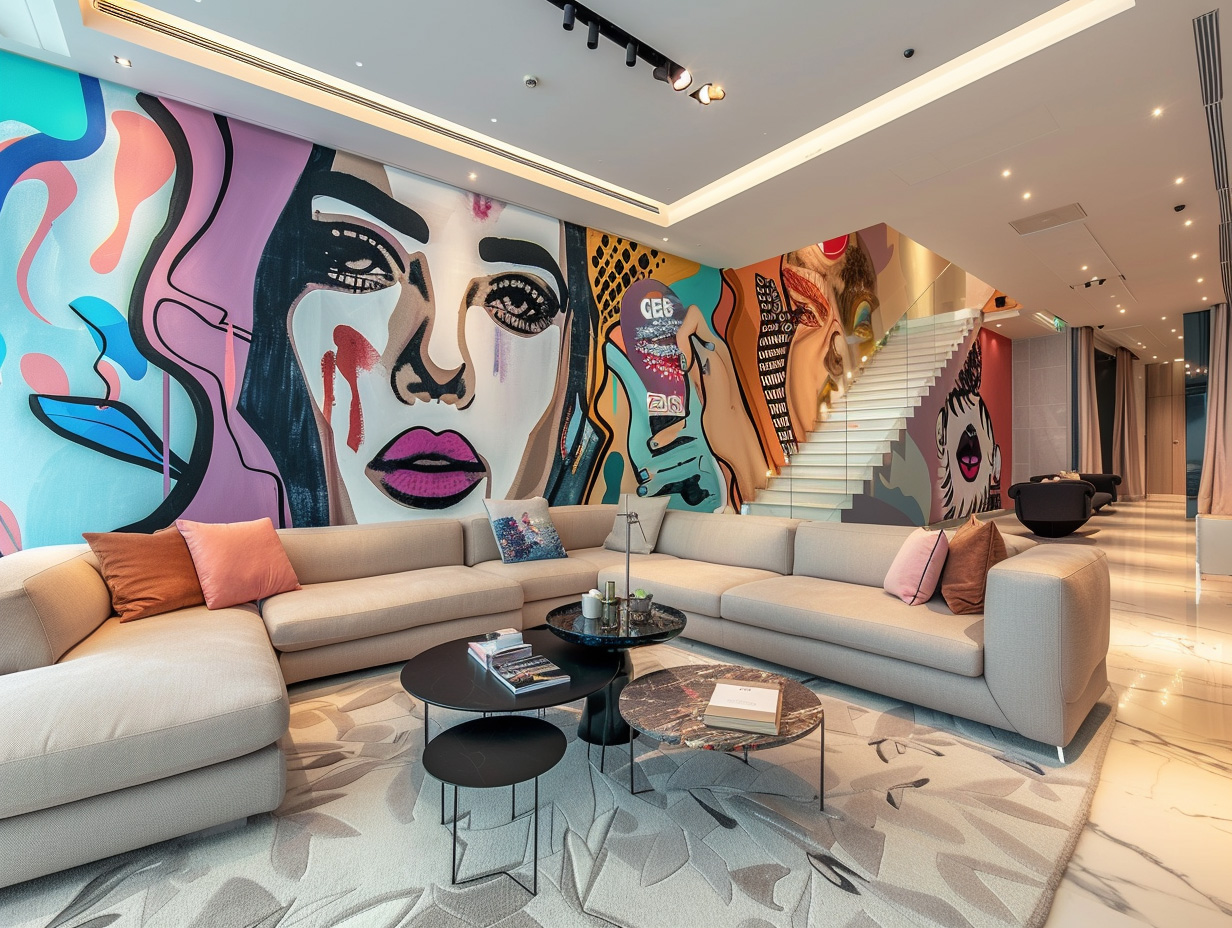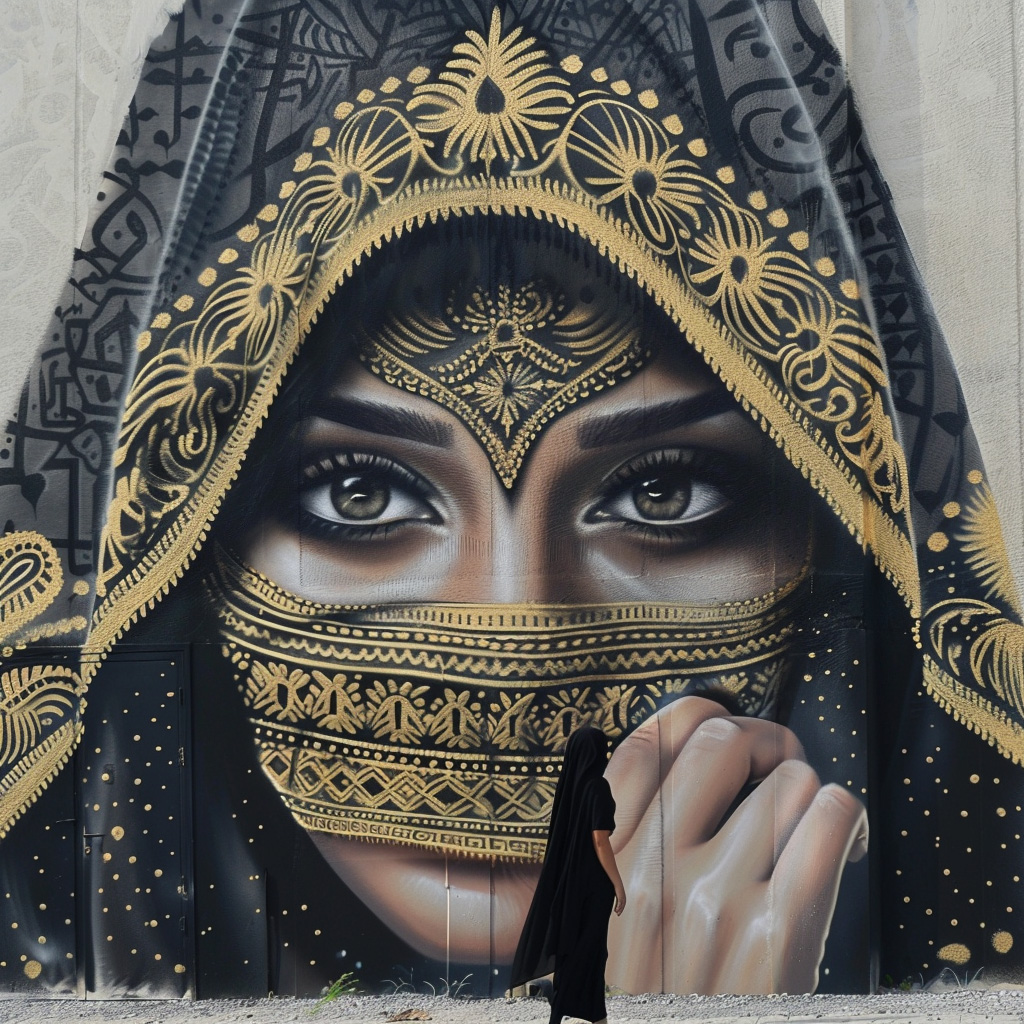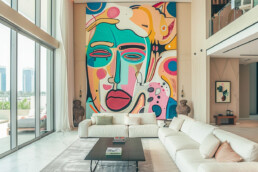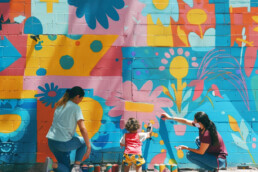As urban art continues to redefine the landscape of real estate developments, property owners and developers find themselves at a crossroads of creativity and legality. The integration of graffiti in Dubai’s real estate projects poses a myriad of legal implications that demand meticulous attention to detail and thorough understanding of property law. Navigating the complex realm of graffiti legalities in Dubai’s real estate sector requires a delicate balance between embracing artistic freedom and ensuring regulatory compliance. From intricate urban art regulations to the nuances of incorporating graffiti as a form of artistic expression, property developers must tread carefully to avoid potential pitfalls. Join us as we delve into the fascinating world where property law intersects with the realm of urban art, exploring the challenges and opportunities presented by the incorporation of graffiti in Dubai’s ever-evolving real estate landscape.
 Impact of Graffiti on Property Valuation
Impact of Graffiti on Property Valuation
Graffiti has long been a subject of debate when it comes to its impact on property valuation. While some argue that graffiti can add character and vibrancy to a neighborhood, others believe that it can have a negative effect on property values. The truth lies somewhere in between, and it largely depends on the context and perception of the graffiti.
In certain cases, well-executed and visually appealing graffiti can actually enhance the value of a property. It can attract attention and make a building stand out from its surroundings. This is particularly true in areas where street art is highly regarded and appreciated by the community. In such instances, property owners may even commission renowned graffiti artists to create murals on their buildings as a way to increase their market appeal.
However, not all graffiti is created equal. Poorly executed or offensive graffiti can have the opposite effect, deterring potential buyers or tenants from considering a property. In some cases, property owners may be required to remove or cover up graffiti that is deemed inappropriate or illegal under local regulations.
 Impact of Graffiti on Property Valuation and Marketing Strategies
Impact of Graffiti on Property Valuation and Marketing Strategies
When it comes to marketing properties that feature graffiti, real estate professionals need to carefully consider their target audience and tailor their strategies accordingly. For instance, if the target demographic consists mainly of young urban professionals who appreciate street art, highlighting the presence of graffiti could be an effective selling point.
On the other hand, if the target audience is more conservative or traditional in their tastes, it may be necessary to downplay or even remove any visible signs of graffiti during marketing campaigns. This could involve digitally editing images or physically covering up the artwork until after a sale has been made.
The key here is understanding the preferences and expectations of potential buyers or tenants and aligning marketing efforts accordingly. By doing so, real estate professionals can maximize the appeal of a property while minimizing any potential negative impact that graffiti may have on its valuation.
Community Engagement and Public Perception of Graffiti in Real Estate
One important aspect to consider when incorporating graffiti into real estate developments is the perception of the local community. In some areas, street art is celebrated as a form of artistic expression and cultural enrichment. In such cases, involving local artists or engaging with community organizations can help foster positive relationships and gain support for the project.
However, it is crucial to ensure that any graffiti included in a development is done with the consent and approval of the community. This can help prevent any backlash or negative publicity that may arise from perceived cultural appropriation or disregard for local sentiments.
By actively involving the community in the decision-making process and seeking their input, property developers can create a sense of ownership and pride among residents. This can lead to increased support for the development and a more positive perception of graffiti within the neighborhood.
Liability Concerns for Property Owners and Developers
While incorporating graffiti into real estate developments can offer unique opportunities for creativity and self-expression, it also comes with certain liability concerns for property owners and developers. One major issue is ensuring compliance with local regulations regarding public art installations.
In Dubai, like many other cities around the world, there are specific rules and guidelines governing street art and graffiti. These regulations may dictate where graffiti can be placed, what materials can be used, and how long an artwork can remain on display. Failure to comply with these regulations could result in fines or legal repercussions for property owners.
Additionally, property owners need to consider potential damage or vandalism to their buildings caused by unauthorized graffiti artists. This could lead to costly repairs and maintenance, as well as potential disputes with insurance companies.
 Impact of Graffiti on Property Valuation and Market Perception
Impact of Graffiti on Property Valuation and Market Perception
Ultimately, the impact of graffiti on property valuation and market perception is a complex issue that depends on various factors. While well-executed and culturally relevant graffiti can enhance the value of a property in certain contexts, it is essential to consider the preferences and expectations of potential buyers or tenants.
By understanding the legal implications, engaging with the community, and carefully crafting marketing strategies, property owners and developers can navigate the world of graffiti in Dubai’s real estate sector successfully. Balancing artistic expression with regulatory compliance is key to harnessing the potential of graffiti as a unique selling point while mitigating any negative effects on property valuation.
Related Posts
4 avril 2024
How to Choose the Right Graffiti Artists for Real Estate Projects in Dubai?
In the dazzling cityscape of Dubai,…
2 avril 2024
What Are the Benefits of Incorporating Graffiti in Dubai’s Commercial Spaces?
Gone are the days when graffiti was…
4 novembre 2023
The Impact of Graffiti Art in Dubai’s Business Environment
Discover how graffiti art is…


